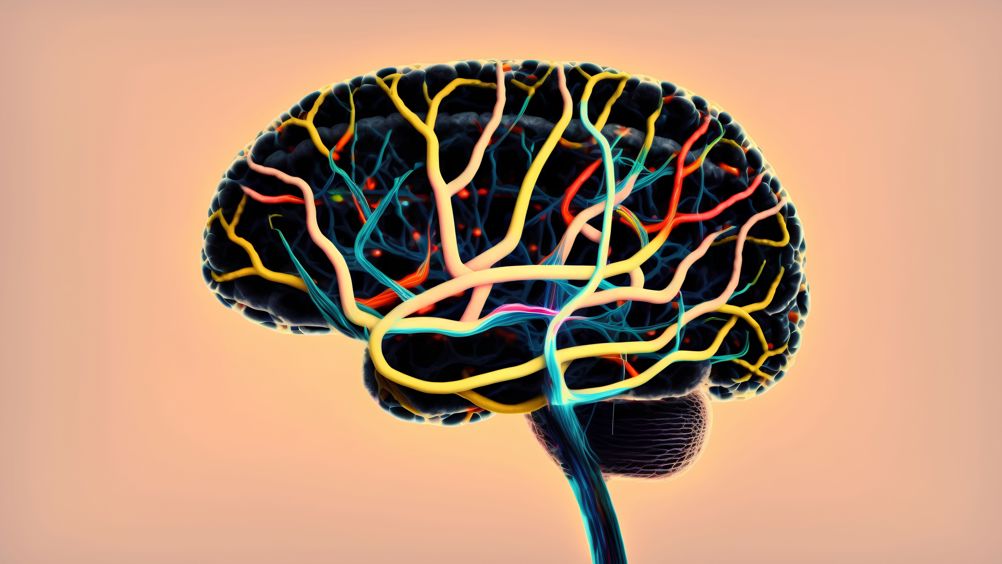The Wireless Deep Brain Stimulation Through Engineered Multifunctional Nanomaterials project – more snappily referred to as BRAINSTORM – brings together researchers from the UK, Germany, Italy, Spain and Finland. It will aim to harness recent developments in nanotechnology to tap into the burgeoning field of neurostimulation, whereby electrical currents or magnetic fields are used to modulate neural activity.
Related content
Neurostimulation is already used to treat a variety of brain conditions, but often relies on invasive surgeries to implant electrodes. Over the next four years, the €3m project will look to develop technology that can improve treatments through less invasive interventions. BRAINSTORM is funded through the European Innovation Council’s Pathfinder programme, which supports emerging technologies with groundbreaking potential.
UK involvement will see engineers at Glasgow University developing a helmet-type device to precisely control the magnetic nanomaterials after they have been delivered to the brain area. A preclinical study will eventually be carried out on rats, with the nano-magnets injected into the rodents’ bloodstreams and specific neurons then manipulated using external magnets.
“Neuromodulation is a treatment that has shown a great deal of potential for treating many conditions,” said Hadi Heidari, Professor of Nanoelectronics at the James Watt School of Engineering, and Glasgow’s lead on BRAINSTORM. “However, our present methods of delivering neuromodulation can require invasive surgeries to implant electrodes, which can be expensive, painful and expose patients to an increased risk of infection.
“BRAINSTORM is an exciting new opportunity to rethink how wireless neuromodulation is delivered. It builds on recent advances in magnetic coil nanofabrication, materials science and medicine to allow us to find new ways to precisely ‘switch on’ or ‘switch off’ neuronal activity for therapeutic effects.”
Along with Glasgow’s helmet, BRAINSTORM will develop novel electronics including metamaterial solenoid coils for controlling neural activity, as well as an ultrasound-based delivery system that will allow the tiny magnets to cross the blood-brain barrier, avoiding cranial injection.
The project is led by Professor Danijela Gregurec of Germany’s Friedrich-Alexander-Universität Erlangen-Nürnberg. Researchers from CIC biomaGUNE in Spain, Tor Vergata University in Italy, and the University of Helsinki in Finland are also contributing to BRAINSTORM.
“I’m pleased to be working with my colleagues across Europe on this research, and I’m looking forward to developing some of the key technologies which will help patients benefit from new treatments in the years to come,” Prof Heidari added.











Woodchips and biochar combined to clean pharmaceutical wastewater
´The biochar acted like activated carbon´ no, they are literally MAKING activated carbon <a...